DIY & Building, Bathroom & Plumbing
A Guide to Preventing Mould in Your Bathroom
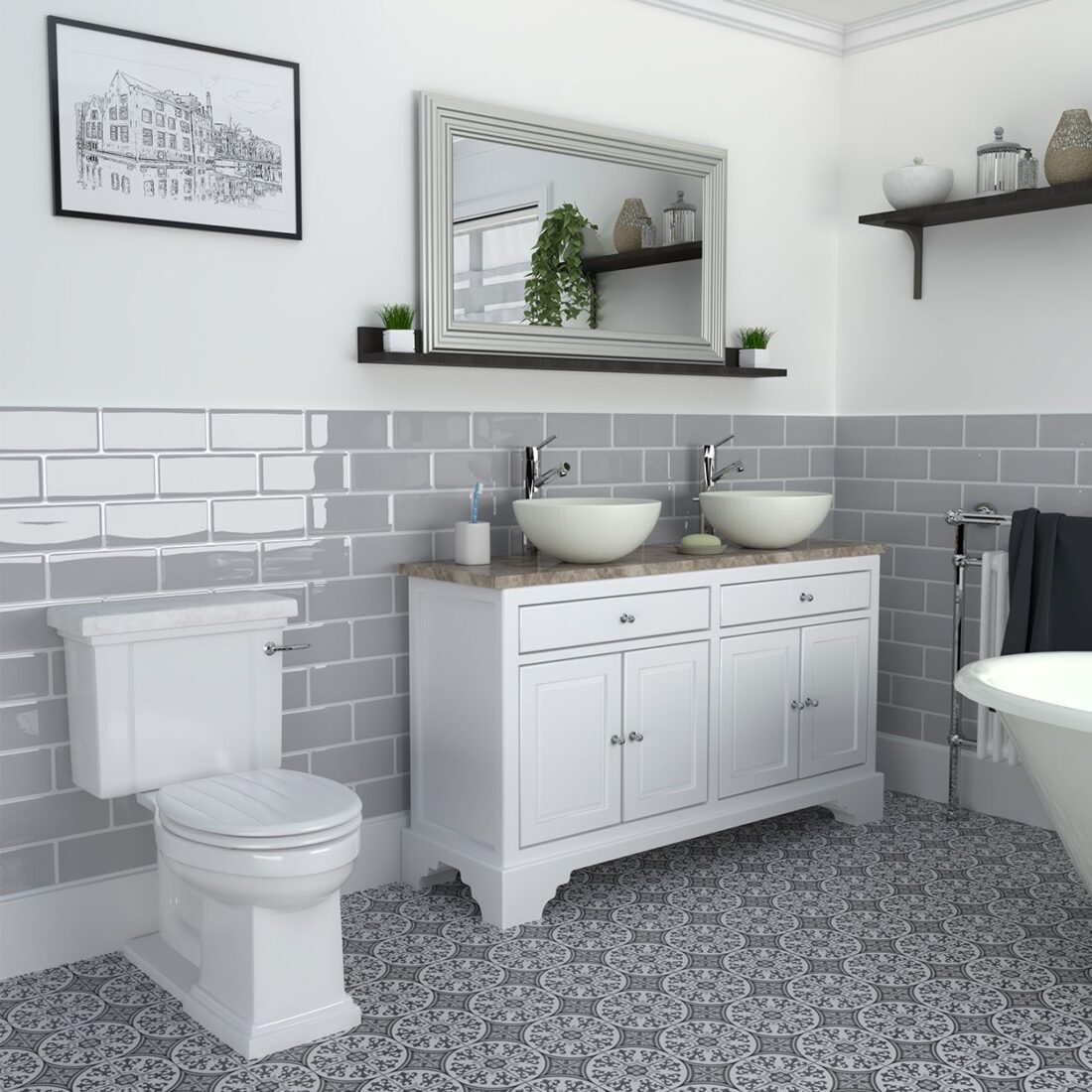
There's nothing worse than noticing a spot of mould growing in your bathroom. As possibly the dampest room in your home, this can happen more frequently than you'd like. Knowing how to properly clean and prevent future mould and mildew in your bathroom can be a big help. Read on below for our tips and advice on preventing mould in your bathroom.
Understanding Mould Growth in Bathrooms
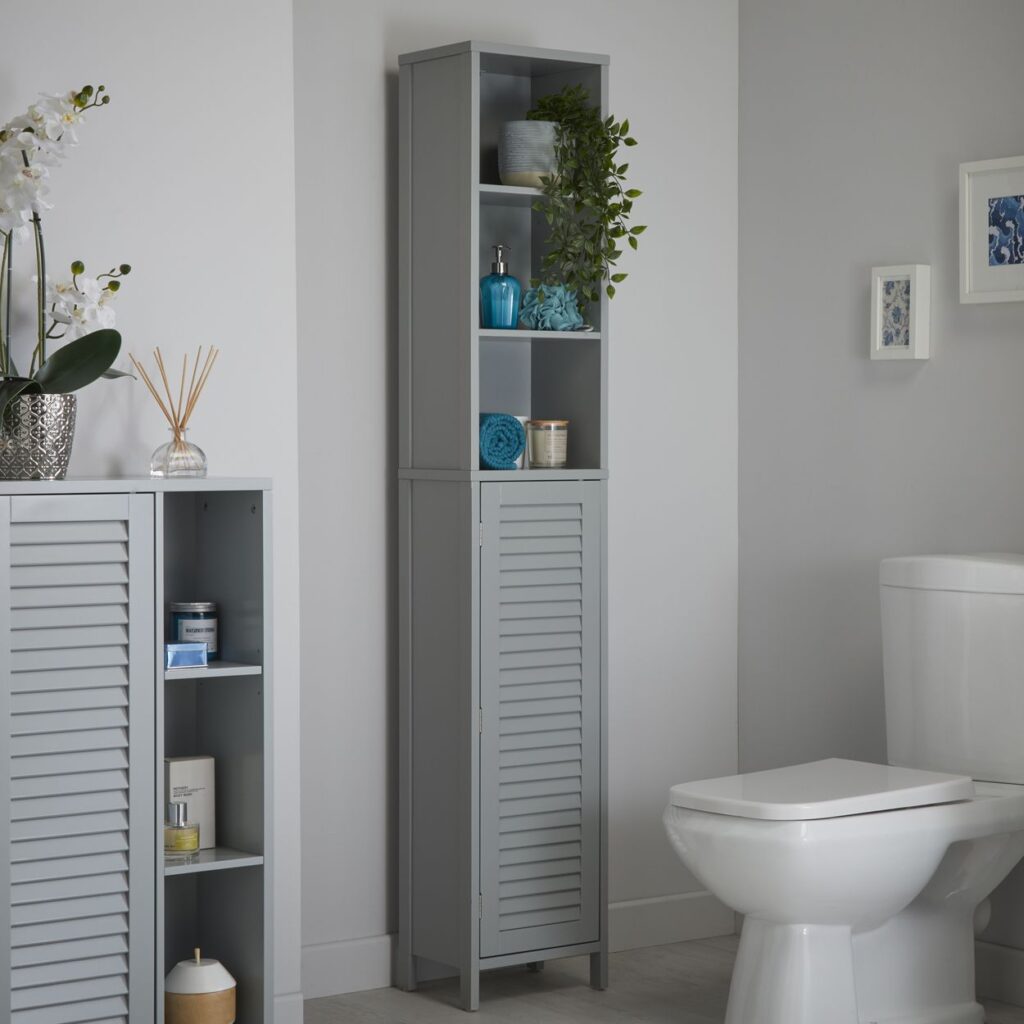
As previously mentioned, the bathroom is probably the dampest room in any home. This makes it the perfect place for mould to form and grow. Factors such as moisture, condensation, humidity, poor ventilation, and damp bathroom materials all contribute to the growth of mould in this particular space.
Not getting rid of mould can be detrimental to your health. This is why it's very important to get rid of it as soon as you can, especially in a room that's so frequently used. In order to do this, it's essential to understand why mould is growing in your bathroom. The previously mentioned factors are a good starting point. You could also check for any leaks from pipes, or even cracked grouting that is allowing water to seep into the walls or floors creating a damp surface, ripe for mould to grow on.
Essential Tools for Mould Prevention
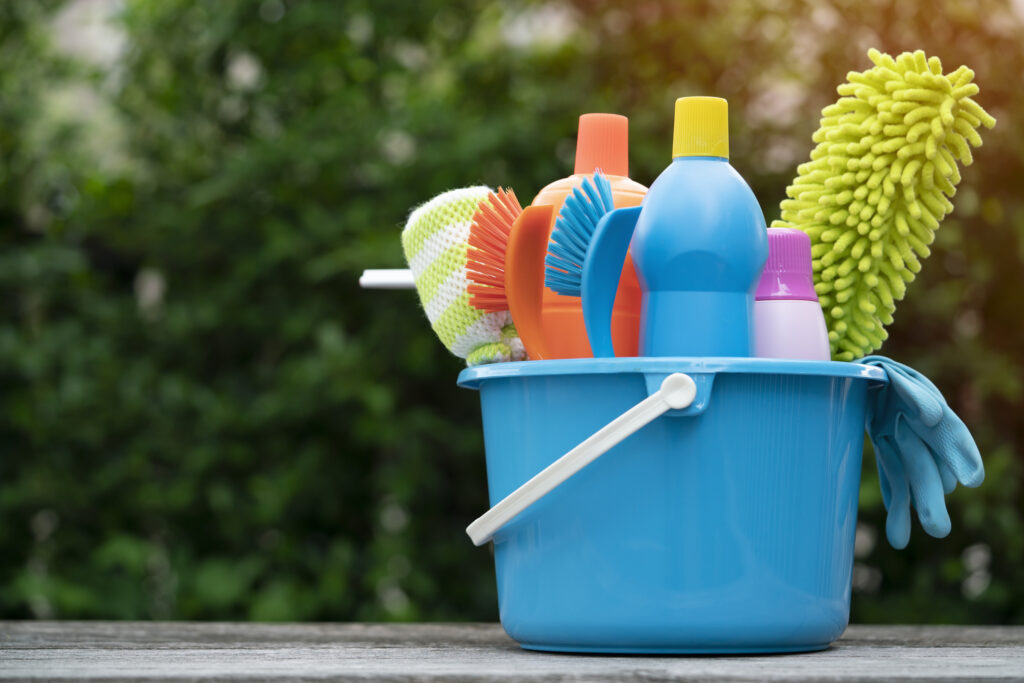
There are a few key things you'll need for preventing mould in your bathroom. They are:
- Ventilation
- Key cleaning supplies
- Re-grouted tiles
Ventilation
One of the best ways to prevent mould from growing is by ensuring your bathroom is properly ventilated. By maintaining a proper airflow, you're reducing the amount of moisture being gathered in the room. Ways you could create better ventilation include:
- Installing a window (if you don't already have one)
- Getting a built-in bathroom fan installed
- Creating a vent in your wall
- Placing a de-humidifier in the room
Key Cleaning Supplies
Using the proper cleaning supplies is key to removing any mould from your bathroom surfaces. Products such as mould remover spray and bleach get the job done best. You'll also need safety goggles, gloves, and a face mask to prevent contact with the mould, and dust sheets to protect other furniture and surfaces in the room being cleaned. A scrub brush and old cloths or towels will also be needed.
Re-Grouted Tiles
Once you've cleaned all mould present in your bathroom, re-grouting your tiles is the next big step. This is easy enough to do yourself. You can read our step-by-step guide on how to do this here.
How to Treat Mould on Bathroom Ceilings
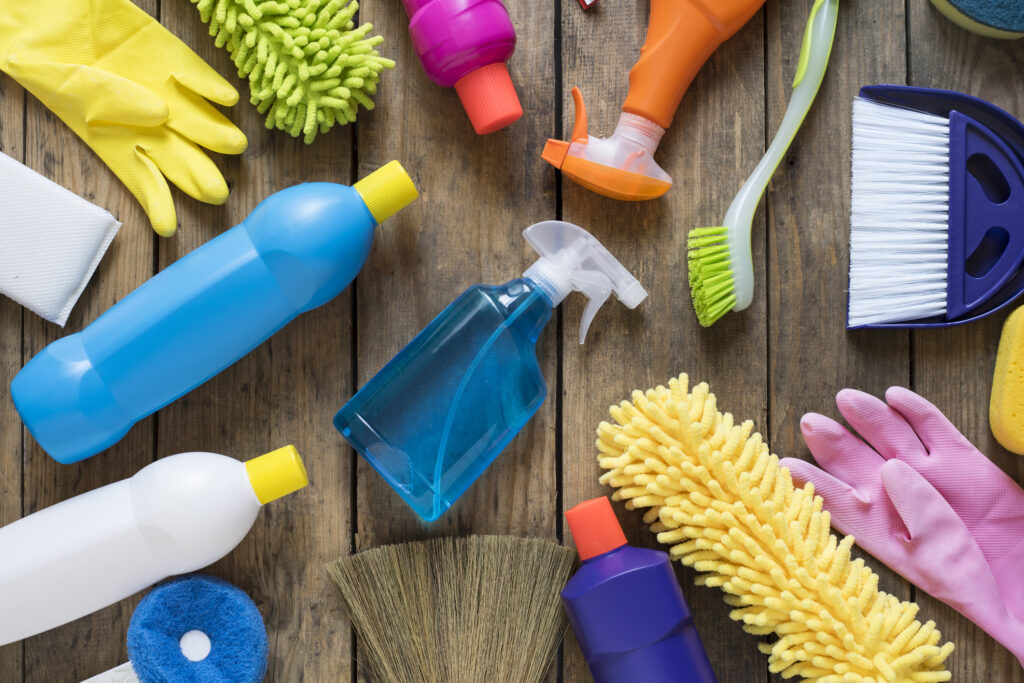
The first thing you'll need to do to treat mould on bathroom ceilings is cleaning it off. There are a few things you'll need to get the job done.
Tools for the job
Step-by-Step Guide to Treating Mould on Bathroom Ceilings
- Open windows or use a fan for proper ventilation during your cleaning process
- Cover fixtures, countertops, and the bath/shower with dust sheets to protect them from the cleaning materials and any debris.
- Put on your safety gear (gloves, safety goggles, and a face mask) to protect yourself from the mould itself and chemicals in your mould cleaning products.
- Liberally cover the mould-infested areas with the cleaning solution. Make sure to completely cover the affected area.
- Allow the cleaning product to sit on the mould for at least 10-15 minutes. This helps to loosen the mould and make it easier to remove.
- Use a scrub brush to gently remove the mould from the ceiling. Be careful not to apply too much pressure, as you don't want to damage the ceiling surface.
- After scrubbing, rinse the area with clean water using an old damp cloth.
- Wipe the area clean with a clean, dry cloth or towel.
- Check to make sure all the mould is gone. If there are still any mould stains, you may need to repeat the above steps again.
- When all of the mould has been removed, it's a good idea to apply a mould-resistant ceiling paint, once the surface has dried from the cleaning. This is a great way for preventing mould in the future.
- Identify and fix the source of moisture in your bathroom to prevent mould from returning, as mentioned in our section above, "Essential Tools for Mould Prevention."
- Dispose of any cleaning materials, cloths, or brushes that came into contact with mould in a sealed plastic bag.
Three Top Tips for Long-Term Bathroom Mould Prevention
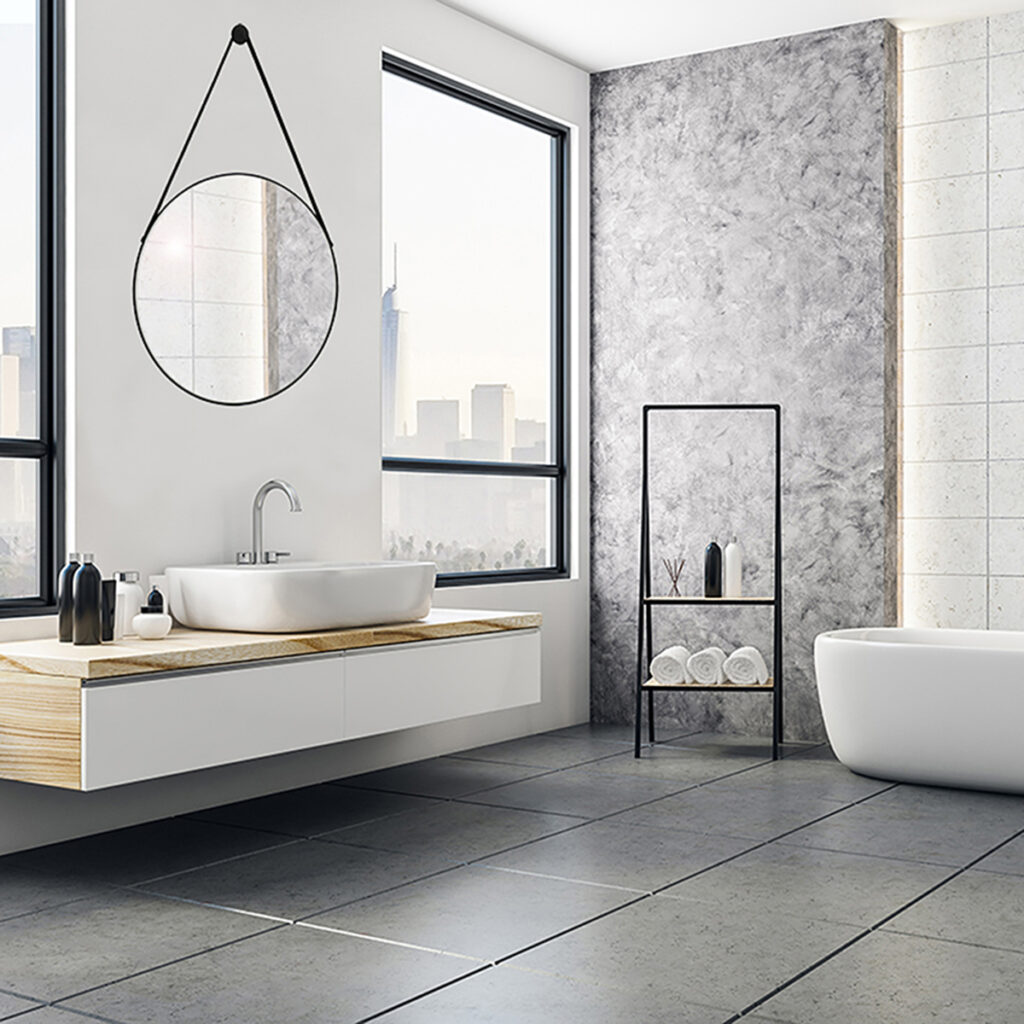
The best ways for preventing mould in the long run are:
- Regular Cleaning Schedule: Having a regular cleaning schedule will help you to keep on top of any new mould forming and prevent it from spreading. This will cut down the amount of time you'll need to spend removing the mould each time.
- Mould-Resistant Paint & Materials: When giving your bathroom a refresh, it's important to use paints and materials that are mould-resistant or created specifically for use in bathrooms. These specialised products will help to prevent future mould from growing.
- Frequent Inspections: Regular inspections are a great way to detect early signs of mould growing, allowing you to prevent it from fully forming and spreading.
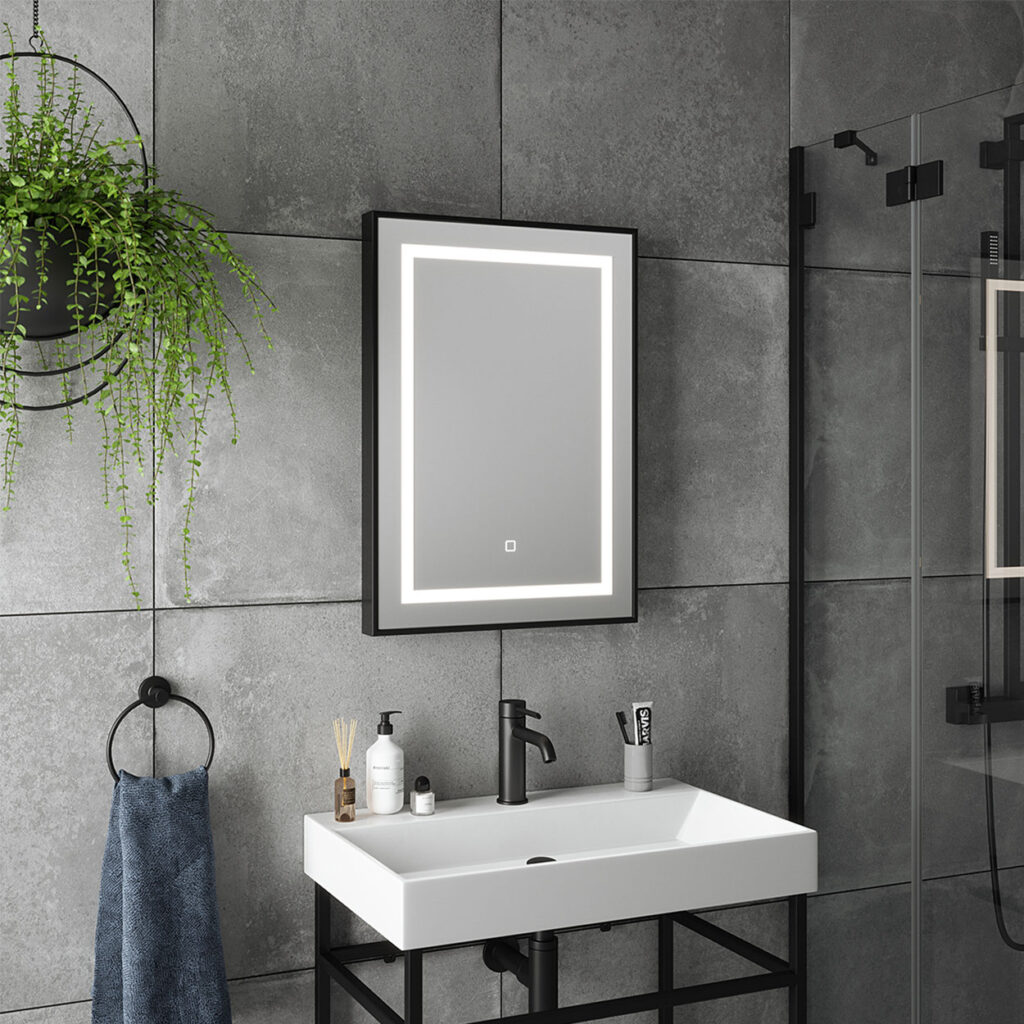
Now that you know how to prevent mould in your bathroom, it's time to get to work! You can find everything you need to get the job done here.